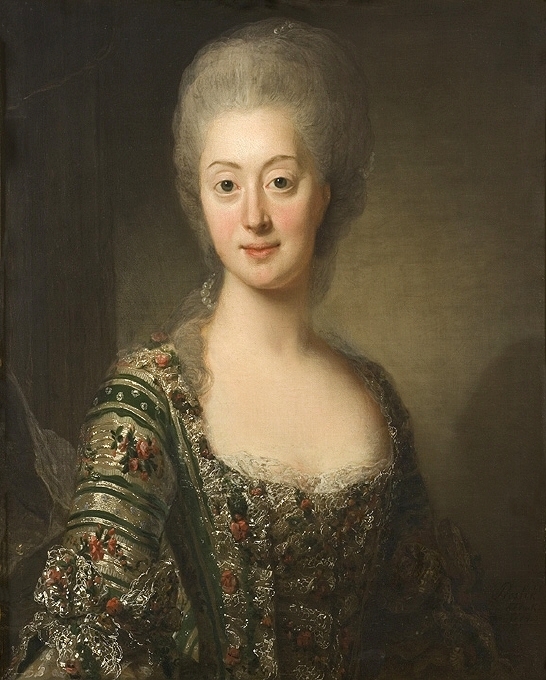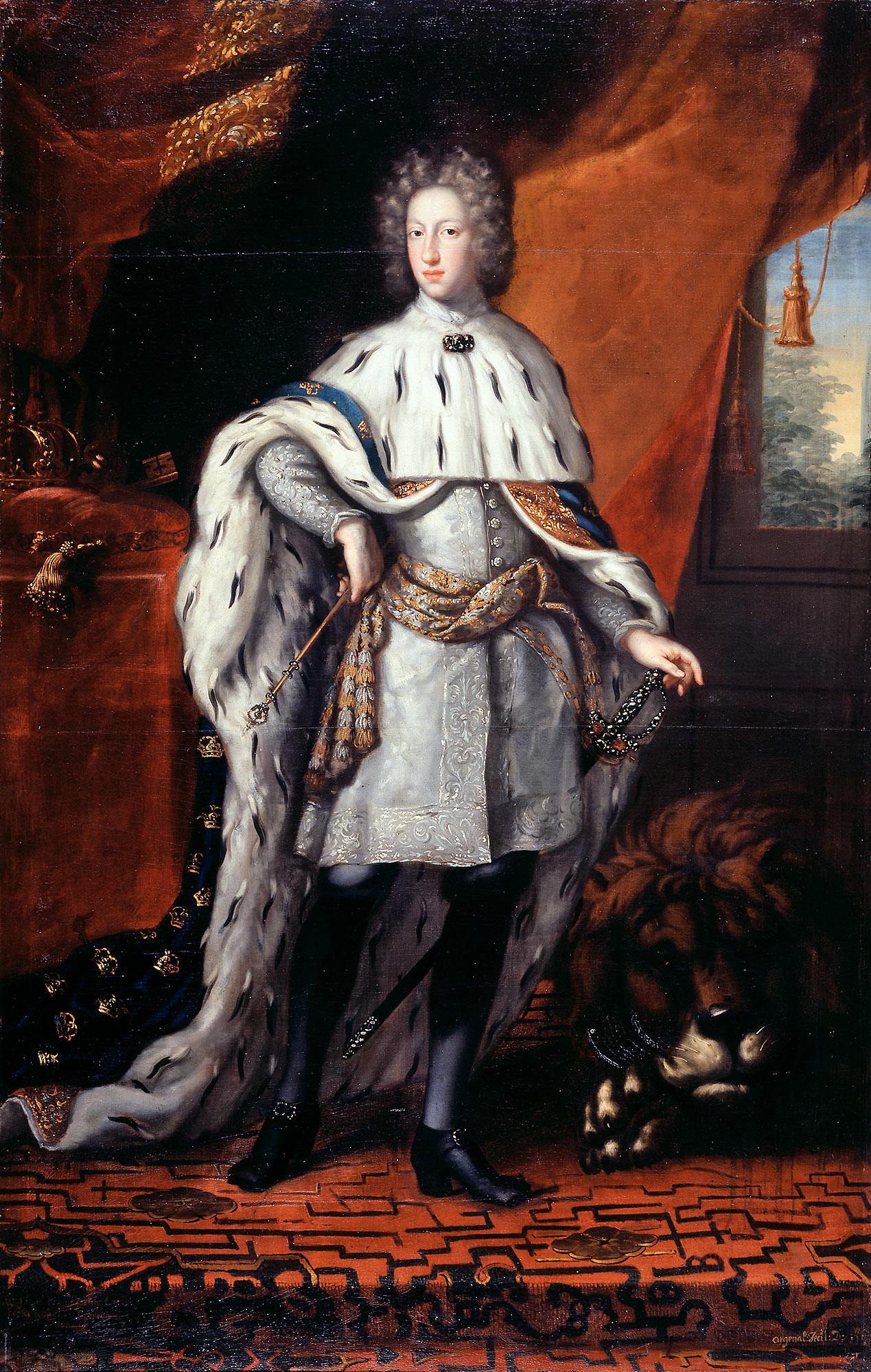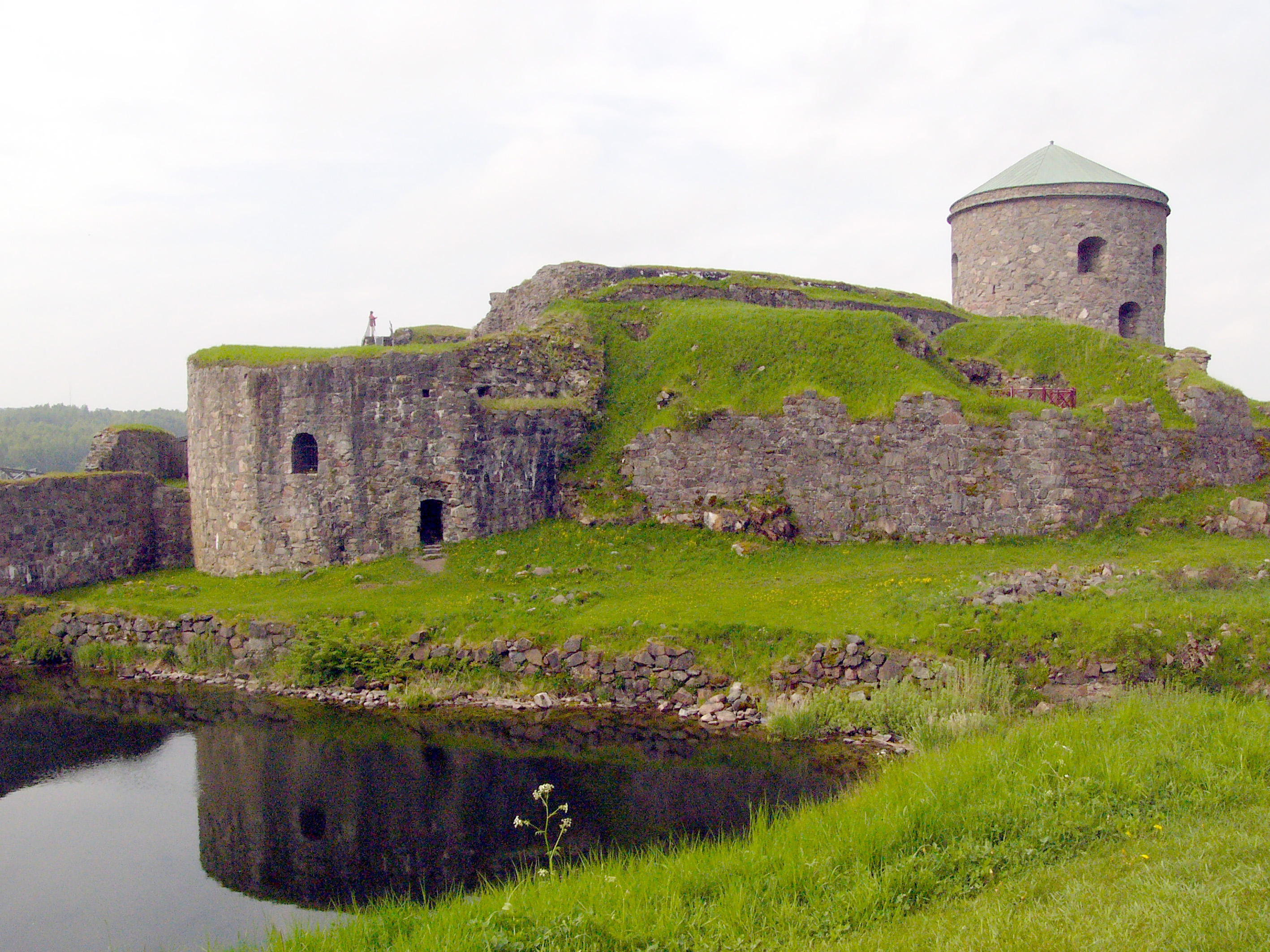|
Torstenson Palace
The Torstenson Palace is a building on Södra Hamngatan in Gothenburg, also known as Kungshuset ('the King's House') because it was formerly the Swedish king's residence in Gothenburg. It is currently the residence and offices of the ''landshövding'' of Västra Götaland County. The building was originally constructed in the years 1648–1650 for Count Lennart Torstenson, but was bought by Charles X of Sweden, Karl X Gustav in September 1657Bæckström (1923), p. 80. and served as his residence during the 1658 and 1660 sessions of the Riksdag of the Estates (Swedish Parliament), which were held in Gothenburg. It later became the seat of the ''landshövding'' of Gothenburg and Bohus County, and has remained the seat of the county administration ever since, and of the wider Västra Götaland County since its creation in 1998.''Göteborg under 300 år'', Carl Lagerberg & Otto Thulin, Medéns Bokhandels AB, Wald. Zachrissons Boktryckeri, Göteborg 1923 p. 31. The first ''landshövdi ... [...More Info...] [...Related Items...] OR: [Wikipedia] [Google] [Baidu] |
Gothenburg
Gothenburg ( ; ) is the List of urban areas in Sweden by population, second-largest city in Sweden, after the capital Stockholm, and the fifth-largest in the Nordic countries. Situated by the Kattegat on the west coast of Sweden, it is the gubernatorial seat of Västra Götaland County, with a population of approximately 600,000 in the city proper and about 1.1 million inhabitants in Metropolitan Gothenburg, the metropolitan area. Gustavus Adolphus, King Gustavus Adolphus founded Gothenburg by royal charter in 1621 as a heavily fortified, primarily Dutch, trading colony. In addition to the generous privileges given to his Dutch allies during the ongoing Thirty Years' War, e.g. tax relaxation, he also attracted significant numbers of his German and Scottish allies to populate his only town on the western coast; this trading status was furthered by the founding of the Swedish East India Company. At a key strategic location at the mouth of the , where Scandinavia's largest dr ... [...More Info...] [...Related Items...] OR: [Wikipedia] [Google] [Baidu] |
Dalsland
Dalsland () is a Swedish traditional province, or ''landskap'', situated in Götaland in southern Sweden. Lying to the west of Lake Vänern, it is bordered by Värmland to the north, Västergötland to the southeast, Bohuslän to the west, and Norway Norway, officially the Kingdom of Norway, is a Nordic countries, Nordic country located on the Scandinavian Peninsula in Northern Europe. The remote Arctic island of Jan Mayen and the archipelago of Svalbard also form part of the Kingdom of ... to the northwest. The province has a low population density of around 14 inhabitants/km2 and just one town of significant size: Åmål. The total population numbers 50,604. The uninhabited areas are characterized by dense forests in the northwestern uplands and lakes in the east, giving rise to the epithet, commonly used for Dalsland, of "Sweden's lake province". The Latinized name ''Dalia'', which was often used to name Dalsland in older prints, can still sometimes be encou ... [...More Info...] [...Related Items...] OR: [Wikipedia] [Google] [Baidu] |
Gustav III Of Sweden
Gustav III (29 March 1792), also called ''Gustavus III'', was King of Sweden from 1771 until his assassination in 1792. He was the eldest son of King Adolf Frederick and Queen Louisa Ulrika of Sweden. Gustav was a vocal opponent of what he saw as the abuse of political privileges seized by the nobility since the death of King Charles XII in the Great Northern War. Seizing power from the government in a coup d'état, called the Swedish Revolution, in 1772, that ended the Age of Liberty, he initiated a campaign to restore a measure of royal autocracy. This was completed by the Union and Security Act of 1789, which swept away most of the powers exercised by the Swedish Riksdag of the estates during the Age of Liberty, but at the same time it opened up the government for all citizens, thereby breaking the privileges of the nobility. A believer in enlightened absolutism, Gustav spent considerable public funds on cultural ventures, which were controversial among his critics, as ... [...More Info...] [...Related Items...] OR: [Wikipedia] [Google] [Baidu] |
Great Northern War
In the Great Northern War (1700–1721) a coalition led by the Tsardom of Russia successfully contested the supremacy of the Swedish Empire in Northern Europe, Northern, Central Europe, Central and Eastern Europe. The initial leaders of the anti-Swedish alliance were Peter the Great, Peter I of Russia, Frederick IV of Denmark, Frederick IV of Denmark–Norway and Augustus II the Strong of Electorate of Saxony, Saxony–Polish–Lithuanian Commonwealth, Poland–Lithuania. Frederick IV and Augustus II were defeated by Sweden, under Charles XII, and forced out of the alliance in 1700 and 1706 respectively, but rejoined it in 1709 after the defeat of Charles XII at the Battle of Poltava. George I of Great Britain and the Electorate of Hanover joined the coalition in 1714 for Hanover and in 1717 for Britain, and Frederick William I of Prussia, Frederick William I of Brandenburg-Prussia joined it in 1715. Charles XII led the Swedish army. Swedish allies included Holstein-Gottorp, sev ... [...More Info...] [...Related Items...] OR: [Wikipedia] [Google] [Baidu] |
Great Northern War And Norway
The Great Northern War was the war fought between a coalition of Denmark–Norway, Russia and Saxony-Poland (from 1715 also Prussia and Hanover) on one side and Sweden on the other side from 1700 to 1721. It started by a coordinated attack on Sweden by the coalition in 1700, and ended 1721 with the conclusion of the Treaty of Nystad, and the Stockholm Treaties. As a result of the war, Russia supplanted Sweden as the dominant power on the shores of the Baltic Sea, becoming a major player in European politics. Setting the stage for war Between 1561 and 1658, Sweden fought a series of wars in the Baltic, establishing an empire. During this period Sweden had occupied the Danish provinces of Skåne, Blekinge and Halland and the Norwegian provinces of Jämtland, Härjedalen, Trøndelag and Bohuslän. For Denmark, even more than the loss of territory, the continuous Swedish interference in Holstein (supporting claims for lands in Danish held Schleswig) was a major bone of contention ... [...More Info...] [...Related Items...] OR: [Wikipedia] [Google] [Baidu] |
Charles XII Of Sweden
Charles XII, sometimes Carl XII () or Carolus Rex (17 June 1682 – 30 November 1718 Old Style and New Style dates, O.S.), was King of Sweden from 1697 to 1718. He belonged to the House of Palatinate-Zweibrücken, a branch line of the House of Wittelsbach. Charles was the only surviving son of Charles XI of Sweden, Charles XI and Ulrika Eleonora the Elder. He assumed power, after a seven-month caretaker government, at the age of fifteen. In 1700, a triple alliance of Denmark–Norway, Electorate of Saxony, Saxony–Polish–Lithuanian Commonwealth, Poland–Lithuania and Tsardom of Russia, Russia launched a threefold attack on the Swedish protectorate of Holstein-Gottorp and provinces of Swedish Livonia, Livonia and Swedish Ingria, Ingria, aiming to take advantage of the Swedish Empire being unaligned and ruled by a young and inexperienced king, thus initiating the Great Northern War. Leading the Swedish army against the alliance, Charles won multiple victories despite being si ... [...More Info...] [...Related Items...] OR: [Wikipedia] [Google] [Baidu] |
Bohus Fortress
Bohus Fortress lies in Kungälv, Bohuslän, Sweden, north east from Hisingen where the Göta river splits into two branches ( north of Gothenburg). It commands the surrounding area from a cliff high, with the river forming a natural moat around it. The fortress used to be situated along the old Norwegian– Swedish border. Initial construction The construction of Bohus Fortress (, ) began in 1308 under King Haakon V Magnuson, king of Norway from 1299 to 1319. Håkon V also initiated construction of Norwegian fortresses at Akershus and Vardøhus as part of a broader defensive policy. At the time Bohuslän (''Båhuslen'') was Norwegian territory and served as the main Norwegian defence against Sweden, along the coast as well as the strong point for the Bohuslän region from 1308 to 1658. Medieval castle According to architect Guthorm Kavli: Fortress The fortress was attacked or besieged 14 times, but was never captured. During the Northern Seven Years' War, in 15 ... [...More Info...] [...Related Items...] OR: [Wikipedia] [Google] [Baidu] |
Charles XI Of Sweden
Charles XI or Carl (; ) was List of Swedish monarchs, King of Sweden from 1660 until his death, in a period of History of Sweden, Swedish history known as the Swedish Empire (1611–1721). He was the only son of King Charles X Gustav of Sweden and Hedwig Eleonora of Holstein-Gottorp. His father died when he was four years old, so Charles was educated by his governors until his coronation at the age of seventeen. Soon afterward, he was forced out on military expeditions to secure the recently acquired dominions of Sweden, dominions from Denmark-Norway, Danish troops in the Scanian War. Having successfully fought off the Danes, he returned to Stockholm and engaged in correcting the country's neglected political, financial, and economic situation. He managed to sustain peace during the remaining 20 years of his reign. Changes in finance, commerce, national maritime and land armaments, judicial procedure, church government, and education emerged during this period. Charles XI was s ... [...More Info...] [...Related Items...] OR: [Wikipedia] [Google] [Baidu] |
Gbg Inom Vallgraven 53 16 Carl X Gustaf
GBG may refer to: Transportation * Galesburg Municipal Airport, in Illinois, United States * Gorebridge railway station, in Scotland * Gramsbergen railway station, in the Netherlands Other uses * Gbanzili language * G beta-gamma complex * GB Group (UK), a UK public company focused on identity verification, location intelligence and fraud detection * Georgeson Botanical Garden, in Fairbanks, Alaska, United States * God Bless Guyana, a defunct political party in Guyana * ''Good Beer Guide'' * Good Behavior Game, a classroom behavior management strategy * Google Business Groups * Gothenburg, Sweden * Green bean galaxy * Guernsey Guernsey ( ; Guernésiais: ''Guernési''; ) is the second-largest island in the Channel Islands, located west of the Cotentin Peninsula, Normandy. It is the largest island in the Bailiwick of Guernsey, which includes five other inhabited isl ..., Channel Islands * '' Star Wars: Galactic Battlegrounds'', a computer game * Game Builder Ga ... [...More Info...] [...Related Items...] OR: [Wikipedia] [Google] [Baidu] |
Stockholm
Stockholm (; ) is the Capital city, capital and List of urban areas in Sweden by population, most populous city of Sweden, as well as the List of urban areas in the Nordic countries, largest urban area in the Nordic countries. Approximately 1 million people live in the Stockholm Municipality, municipality, with 1.6 million in the Stockholm urban area, urban area, and 2.5 million in the Metropolitan Stockholm, metropolitan area. The city stretches across fourteen islands where Mälaren, Lake Mälaren flows into the Baltic Sea. Outside the city to the east, and along the coast, is the island chain of the Stockholm archipelago. The area has been settled since the Stone Age, in the 6th millennium BC, and was founded as a city in 1252 by Swedish statesman Birger Jarl. The city serves as the county seat of Stockholm County. Stockholm is the cultural, media, political, and economic centre of Sweden. The Stockholm region alone accounts for over a third of the country's Gros ... [...More Info...] [...Related Items...] OR: [Wikipedia] [Google] [Baidu] |
Holy Roman Empire
The Holy Roman Empire, also known as the Holy Roman Empire of the German Nation after 1512, was a polity in Central and Western Europe, usually headed by the Holy Roman Emperor. It developed in the Early Middle Ages, and lasted for a millennium until its Dissolution of the Holy Roman Empire, dissolution in 1806 during the Napoleonic Wars. For most of its history the Empire comprised the entirety of the modern countries of Germany, Czechia, Austria, the Netherlands, Belgium, Switzerland, Slovenia, and Luxembourg, most of north-central Italy, and large parts of modern-day east France and west Poland. On 25 December 800, Pope Leo III crowned the Frankish king Charlemagne Roman emperor, reviving the title more than three centuries after the fall of the Western Roman Empire in 476. The title lapsed in 924, but was revived in 962 when Otto I, OttoI was crowned emperor by Pope John XII, as Charlemagne's and the Carolingian Empire's successor. From 962 until the 12th century, the empire ... [...More Info...] [...Related Items...] OR: [Wikipedia] [Google] [Baidu] |
Ducats
The ducat ( ) coin was used as a trade coin in Europe from the later Middle Ages to the 19th century. Its most familiar version, the gold ducat or sequin containing around of 98.6% fine gold, originated in Venice in 1284 and gained wide international acceptance over the centuries. Similarly named silver ducatons also existed. The gold ducat circulated along with the Florentine florin and preceded the modern British pound sterling. Predecessors The word ''ducat'' is from Medieval Latin ''ducalis'' = "relating to a duke (or dukedom)", and initially meant "duke's coin" or a "duchy's coin". The first issue of scyphate billon coins modelled on Byzantine ''trachea'' was made by King Roger II of Sicily as part of the Assizes of Ariano (1140). It was to be a valid issue for the whole kingdom. The first issue bears the figure of Christ and the Latin inscription ''Sit tibi, Christe, datus, quem tu regis iste ducatus'' (meaning "O Christ, let this duchy, which you rule, be dedica ... [...More Info...] [...Related Items...] OR: [Wikipedia] [Google] [Baidu] |








